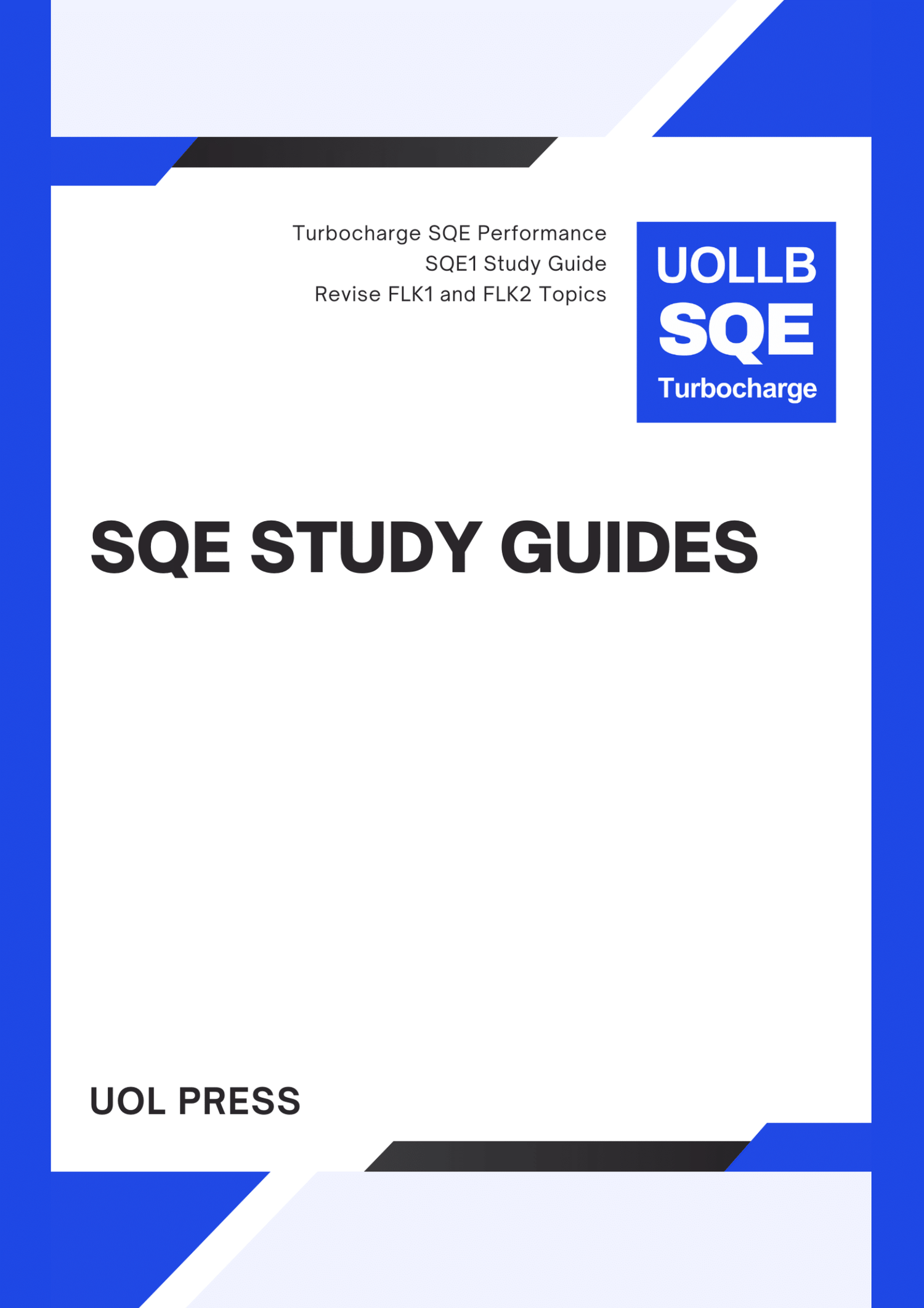Causing Grievous Bodily Harm with Intent
Share
Causing grievous bodily harm (GBH) with intent is a criminal offence in English law that is defined under section 18 of the Offences Against the Person Act 1861. It is considered one of the most serious violent offences and can result in significant punishment, including life imprisonment.
Causing GBH with intent involves intentionally causing serious harm or injury to another person, without necessarily using a weapon. The harm can be either physical or psychological, but it must be serious enough to cause long-term harm or permanent disability.
Examples of causing GBH with intent may include intentionally hitting someone with a baseball bat or iron rod, causing severe injuries such as a broken bone, internal organ damage, or permanent disfigurement. The perpetrator must have intended to cause serious harm or injury to the victim.
If convicted of causing GBH with intent, the offender can face a maximum penalty of life imprisonment. However, the punishment will depend on the specific circumstances of the case, including the severity of the harm caused and the intention of the perpetrator. In addition, any aggravating or mitigating factors may also be taken into account, such as whether the victim was vulnerable or whether the offence was premeditated.
Causing GBH with intent is a specific intent offence, which means that the prosecution must prove that the perpetrator intended to cause GBH when inflicting the harm or injury. If the perpetrator did not intend to cause GBH, but the injury caused was still serious, they may be charged with the offence of wounding with intent or GBH instead.
Causing GBH with intent involves intentionally causing serious harm or injury to another person, without necessarily using a weapon. The harm can be either physical or psychological, but it must be serious enough to cause long-term harm or permanent disability.
Examples of causing GBH with intent may include intentionally hitting someone with a baseball bat or iron rod, causing severe injuries such as a broken bone, internal organ damage, or permanent disfigurement. The perpetrator must have intended to cause serious harm or injury to the victim.
If convicted of causing GBH with intent, the offender can face a maximum penalty of life imprisonment. However, the punishment will depend on the specific circumstances of the case, including the severity of the harm caused and the intention of the perpetrator. In addition, any aggravating or mitigating factors may also be taken into account, such as whether the victim was vulnerable or whether the offence was premeditated.
Causing GBH with intent is a specific intent offence, which means that the prosecution must prove that the perpetrator intended to cause GBH when inflicting the harm or injury. If the perpetrator did not intend to cause GBH, but the injury caused was still serious, they may be charged with the offence of wounding with intent or GBH instead.

























































